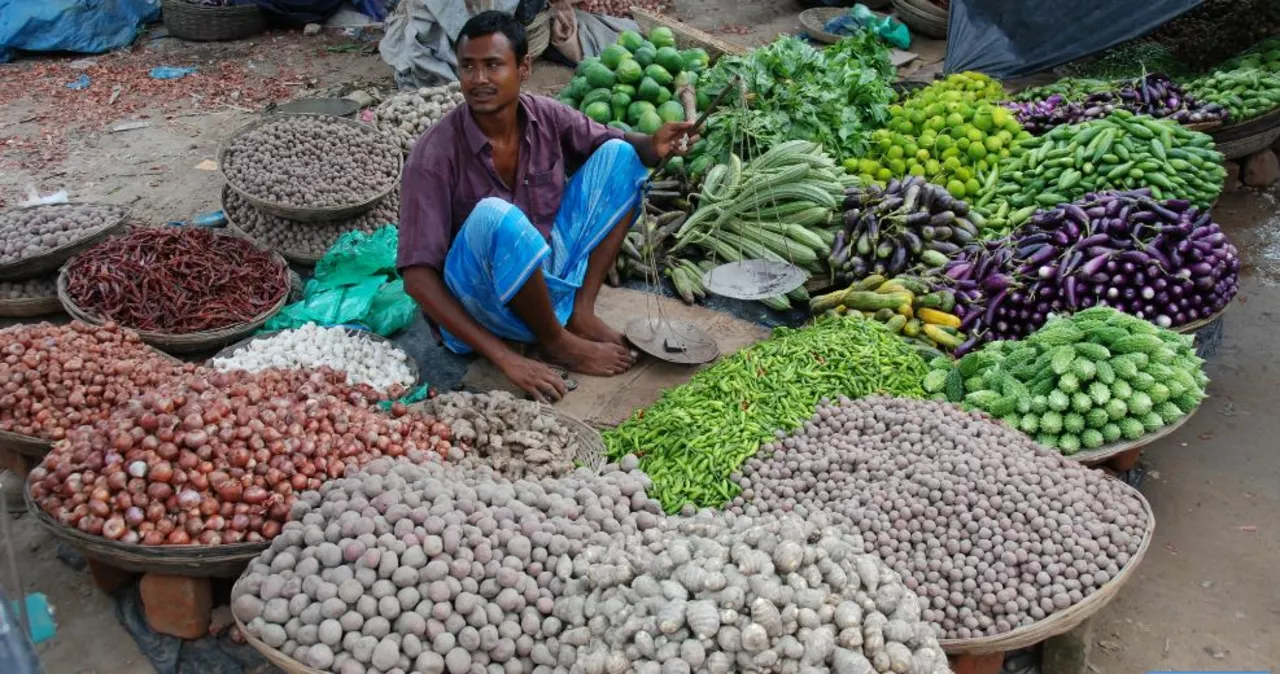Introduction
As a blogger, I always find it fascinating to compare the development and prosperity of different countries. In this article, I will be discussing the development and prosperity of Bangladesh and India, two neighboring South Asian countries with deep historical and cultural ties. I will explore various aspects of their economies, social development, and overall progress to determine if Bangladesh is more developed and prosperous than India.
Comparing Economic Growth
Both Bangladesh and India have experienced rapid economic growth in the past few decades. However, Bangladesh's GDP growth rate has consistently outpaced India's in recent years. According to World Bank data, Bangladesh's GDP growth rate stood at 8.15% in 2019, while India's was 4.18%. This remarkable growth has been attributed to the rapid expansion of the textile industry, remittances from overseas workers, and the growth of the service sector in Bangladesh. Additionally, Bangladesh has managed to maintain a stable inflation rate, which has had a positive impact on its economy.
Assessing Poverty Reduction
One of the key indicators of a country's development is its ability to reduce poverty levels. In this regard, Bangladesh has made significant strides in reducing poverty, with the percentage of people living below the poverty line falling from 44.2% in 1991 to 20.5% in 2019. In contrast, India's poverty rate remains higher at 21.9%, despite having a larger economy. The success of Bangladesh's poverty reduction efforts can be attributed to its focus on social safety net programs, investment in rural infrastructure, and effective implementation of poverty alleviation programs.
Measuring Human Development
The Human Development Index (HDI) is a widely used measure of a country's overall development, taking into account factors such as life expectancy, education, and income. According to the 2020 United Nations Human Development Report, Bangladesh ranks 133rd out of 189 countries, while India ranks slightly higher at 131st. However, Bangladesh has made faster progress in recent years, narrowing the gap between the two countries. Furthermore, Bangladesh has made impressive gains in life expectancy, which now stands at 72.3 years compared to India's 69.7 years.
Evaluating Infrastructure Development
Infrastructure development is crucial for creating a conducive environment for economic growth and prosperity. While both countries have invested heavily in infrastructure projects, India has a clear edge in terms of the quality and scale of its infrastructure. India has made significant progress in developing highways, railways, and ports, which has facilitated trade and movement of people. On the other hand, Bangladesh still faces challenges in terms of inadequate transportation networks and insufficient energy supply, which hampers its overall development.
Analyzing Gender Equality
Achieving gender equality is an essential component of any country's development and prosperity. Bangladesh has made commendable progress in this area, with women making up a significant portion of the workforce, particularly in the garment industry. The country has also achieved gender parity in primary and secondary education, which has contributed to the empowerment of women. In contrast, India still struggles with deeply rooted gender inequality, with women facing significant challenges in terms of access to education, employment, and decision-making.
Assessing Environmental Sustainability
Environmental sustainability is an essential aspect of development and prosperity, as it ensures that future generations can enjoy a good quality of life. Both Bangladesh and India face serious environmental challenges, such as air pollution, water scarcity, and climate change impacts. However, Bangladesh has taken more decisive steps to address these issues, such as investing in renewable energy, promoting climate-resilient agriculture, and implementing policies to reduce pollution. While India has also made efforts in this direction, its progress has been slower and less consistent.
Comparing Political Stability
Political stability plays a crucial role in ensuring the development and prosperity of a country. While both Bangladesh and India have functioning democratic systems, the political landscape in Bangladesh has been more stable in recent years. The country has experienced fewer incidents of political violence and unrest compared to India, which has been grappling with internal conflicts and tensions. A stable political environment is conducive to economic growth and social development, which could give Bangladesh an advantage in terms of overall development.
Conclusion
In conclusion, it is difficult to definitively say whether Bangladesh is more developed and prosperous than India, as both countries have their strengths and weaknesses. While Bangladesh has made impressive strides in economic growth, poverty reduction, and gender equality, India has an edge in terms of infrastructure development and overall human development. Ultimately, the development and prosperity of a country are determined by multiple factors, and both Bangladesh and India have much to learn from each other's successes and challenges as they continue to progress on their respective paths to development.
